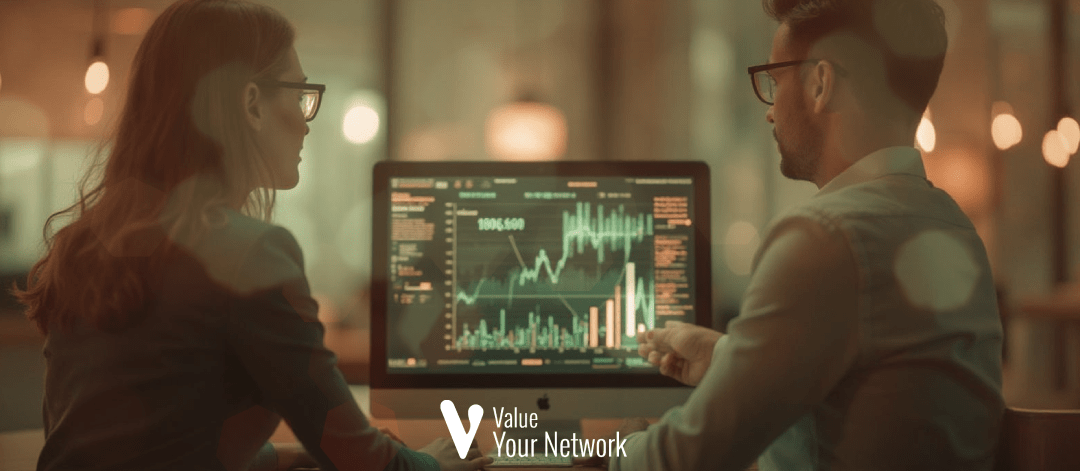Discover how influencer marketing is transforming the banking industry with more ethical and transparent practices. Trends, strategies and challenges explored.
Influencer marketing has transformed many industries, including banking. As consumer expectations evolve, financial institutions are adopting new approaches to build a modern and trustworthy brand image. This article explores how the banking industry is using influencer marketing while highlighting trends toward greater ethics and transparency.
A necessary transformation in a changing world
In an environment where distrust of major financial institutions remains high, influencer marketing is emerging as a strategic lever for regaining public trust. Banks are now collaborating with influencers to:
- Modernize their image : Partnerships with influencers allow you to reach a younger, more connected audience.
- Educating consumers : By working with creators specializing in personal finance, banks can better explain their products and services.
- Humanize their brand Influencers bring a personal touch that is often missing from corporate communications.
Towards an ethical and responsible approach
Current trends indicate a shift towards a more responsible and transparent use of influencer marketing in the banking sector. This shift is driven by several factors:
- Consumers' demand for transparency
Customers expect clear and honest information. Banks are collaborating with influencers to explain their services in an educational way, without exaggerated promises. - Compliance with regulations
Banks must comply with strict financial communications regulations. This means working with influencers who can deliver content that complies with regulations. - The Rise of Ethics in Marketing
Campaigns now emphasize values such as financial inclusion, sustainability, and social responsibility, attracting a new generation of consumers who are sensitive to these issues.
Discover the platforms that accept this payment method
Furthermore, the integration of innovative solutions, such as Cashlib, illustrates how banks are modernizing their services. Platforms accepting this payment method show a real desire to provide more flexibility and security to users, an asset also highlighted in influence campaigns.
Winning strategies in banking influencer marketing
To stand out, banks are adopting specific approaches in their collaborations with influencers:
- Rely on specialized micro-influencers
Rather than working with celebrities, banks favor content creators with expertise in personal finance or financial education. These profiles provide enhanced credibility. - Create educational content
Partnerships focus on creating videos, articles, or webinars that explain complex financial concepts in an accessible way. - Include social values
Many campaigns highlight social or environmental initiatives, such as access to credit for marginalized populations or support for sustainable projects.
Examples of remarkable initiatives
Several major banks have already distinguished themselves through their innovative approaches to influencer marketing:
- A European bank has collaborated with influencers to promote an educational mobile app, teaching young adults how to manage their budget.
- An Asian institution has launched a sustainable finance campaign in partnership with environmental influencers.
- A North American bank used TikTok videos to explain its credit products in an engaging and transparent way.
The challenges of influencer marketing in the banking sector
Despite these advances, challenges remain. Banks must overcome several obstacles to successfully implement their influencer campaigns:
- Managing public perception
Consumers may perceive influencer partnerships as simply a marketing tool, which could undermine the goal of transparency. - Maintain strict compliance
Influencers must comply with financial advertising regulations, which can limit their creativity. - Measuring the impact of campaigns
Unlike traditional industries, KPIs in banking (such as education or brand perception) are more difficult to quantify.
Influencer marketing in the banking sector is undergoing a major transformation
Influencer marketing in the banking sector is no longer simply a strategy to attract a younger clientele. It has become a powerful tool for meeting growing consumer expectations for transparency, ethics, and accessibility. By collaborating with credible and specialized influencers, banks are able to transform complex financial topics into engaging and educational content, while reaffirming their values.
However, this transformation is not without challenges. Institutions must balance creativity and regulatory compliance, while ensuring public trust. Successful campaigns demonstrate that well-thought-out influencer marketing can not only modernize banks' image but also build authentic and lasting relationships with their customers.
As technology advances and expectations evolve, influencer marketing in banking will continue to redefine itself. By incorporating social values, promoting sustainable initiatives, and prioritizing honest communication, banks have the opportunity to play a key role in building a more inclusive and responsible financial future.
So, the question is no longer whether influencer marketing has a place in the banking sector, but rather how it can become a driver of positive and lasting change. Are you ready to see finance from a new perspective, one that's more transparent and human?

